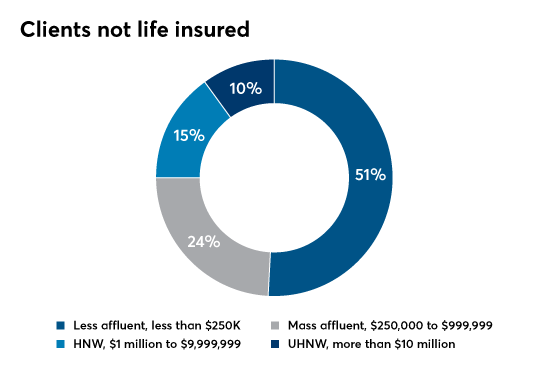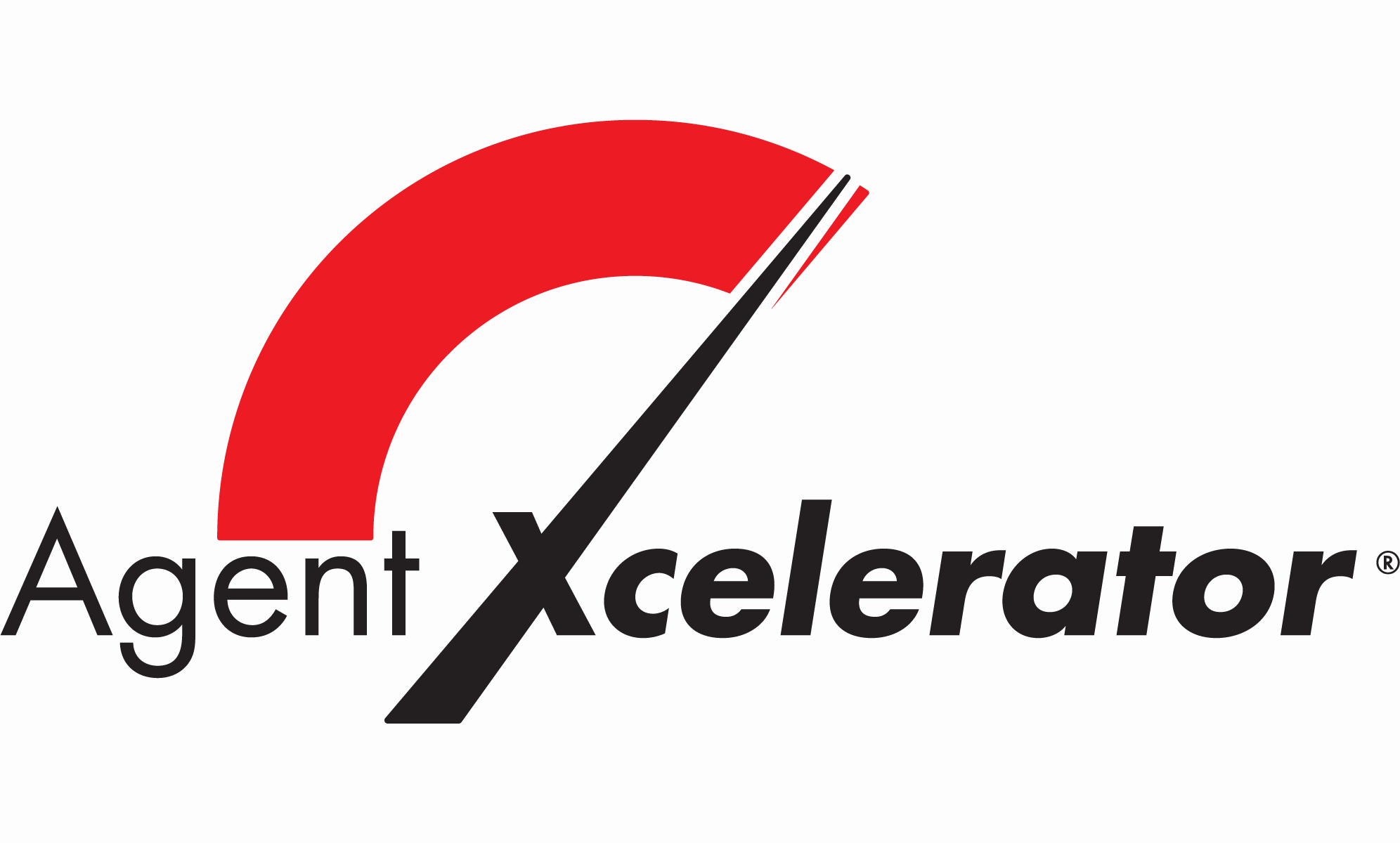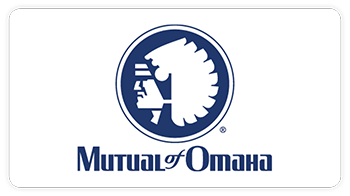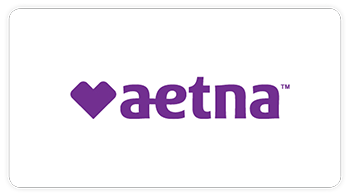 Advisors should move quickly with new estate planning advice for clients now that the Secure Act has passed. This law, which eliminated the stretch IRA plan for most non-spouse beneficiaries and replaced it with a 10-year rule, is already effective for deaths that occurred in 2020.
Advisors should move quickly with new estate planning advice for clients now that the Secure Act has passed. This law, which eliminated the stretch IRA plan for most non-spouse beneficiaries and replaced it with a 10-year rule, is already effective for deaths that occurred in 2020.
While planners can still help clients maintain their goals, the vehicle used to transfer money after death will have to change from the IRA to — I propose — the better, more tax-friendly life insurance.
Before I dive in, however, here are a few more details: Spouses are eligible designated beneficiaries along with minor children (but not grandchildren), disabled or chronically ill individuals and those not more than 10 years younger than the IRA owner. For a full rundown of the act and its ramifications for IRA trust planning (spoiler alert: not good!) see my January article on the subject.
New Path
The clients most affected by the Secure Act are the ones with the largest IRA balances, usually because they are the ones who have set up more sophisticated estate plans to get the stretch IRA for their beneficiaries based on the pre-2020 rules that were in place for decades.
Such clients are naturally concerned about post-death control. They built large IRAs and want to make sure that these funds are not misused, lost or squandered by beneficiaries due to mismanagement, lawsuits, divorce, bankruptcy or by falling prey to financial scams or predators.
This is why many of these clients named trusts as their IRA beneficiaries. Now, most of these plans won’t accomplish the desired result without a prohibitive tax cost. IRAs are no longer a good vehicle for an estate plan but life insurance vehicles, with some caveats noted below, are. (Note: I do not sell life insurance or other investments — I am a tax advisor and have no interest other than seeing clients have effective tax planning for their retirement savings).
Note that for this planning I am referring only to permanent — that is, whole life — insurance with cash value — not term — insurance. This plan must hold up long term.
Bad Assets for Good
In order to keep your client’s IRA estate plan intact, the IRA portion will probably have to be replaced with either a Roth IRA (via lifetime Roth conversions) or with life insurance, which offers better leverage and flexibility since it won’t be subject to any post-death Secure Act limitations.
Start by looking at the client’s current estate plan — particularly their IRA or retirement plan beneficiary form. The beneficiary form will tell you their goals and will be key to post-death planning. Keep in mind that clients are not married to their IRAs. They don’t care what gets them to their end goals — especially if it does so more simply and with less worry about perpetually changing tax rules.
Using life insurance as the new vehicle could get clients to their estate-planning promised land — one with larger inheritances, more post-death control and less tax.
You can add more certainty and simplicity too — not to mention the guarantee life insurance offers in terms of long-term stability and payouts.
Begin by drawing down the taxable IRA balance, taking advantage of today’s lower tax rates, which, it’s important to know, are only scheduled to remain in effect until 2026.
The tax will be due upon withdrawal but will have to be paid anyway at some point, either through lifetime RMDs beginning at age 72, or by beneficiaries subject to the 10-year rule. The 10-year payout will result in a bunching of income into that 10-year time frame at possibly higher tax rates considering that some beneficiaries will be in their peak earnings years.
Once the tax is paid, several things happen: future lifetime RMDs are eliminated on those funds, thereby lowering the client’s future tax bills — especially if tax rates rise, which is likely.
Plus, these funds can now be used to pay annual life insurance premiums. The life insurance beneficiaries can be the same beneficiaries slated to inherit the IRA funds, including any trusts named as the IRA beneficiary. Be aware that those trusts may need to be scrapped in favor of new, more simplified trusts to inherit the life insurance.
Another advantage: life insurance trusts don’t require all the IRA/RMD language that complicated the IRA plan — and often didn’t work anyway due to poor IRA trust drafting around the labyrinth of IRA distribution rules. A plus for clients for clients that large estates: the life insurance can be set up outside the estate through an irrevocable trust — or owned by the beneficiary — removing the life insurance from the estate. Funds used to pay the insurance premiums are also removed from the estate. (Note that an IRA cannot be removed from the estate without a withdrawal.)
Overall, in my view, life insurance is a much better asset to leave to a trust because it’s more flexible and customizable for clients, with no worries about who the beneficiaries are, their life expectancies, RMDs or whether the trust qualifies as a see-through trust with designated beneficiary tax status. Furthermore, the life insurance proceeds paid to the trust after death will be income tax-free and can follow the intent of the client without having to worry about working around the many IRA tax rules that often hamstrung an IRA trust. The life insurance proceeds can focus on what the client actually wants as far as beneficiary access, protections and distributions.
This makes the trustee’s job a bit easier, too. With IRA trusts, the trustee was often unaware of how the inherited IRA RMDs would work and what tax rules had to be followed. With the insurance trust, the trustee need only know the client’s post-death wishes and carry them out according to the terms stated in the trust.
Life insurance trusts can be more versatile for multi-generational planning as well, keeping the funds protected for decades if desired.
Even clients with smaller IRAs could use this strategy simply to leverage their IRA wealth to the next generation, leaving larger inheritances with less tax complications.
Grandson Scenario
Consider this scenario: A client is currently leaving a $1 million IRA to a conduit IRA trust for the benefit of his grandchildren.
Under the old stretch IRA rules, if the trust qualified as a see-through trust, RMDs could be based on the age of the oldest grandchild, say, a 19-year-old. RMDs would be paid to the trust and from the trust right through to the individual grandchildren over 64 years (the life expectancy for a 19-year-old), leaving the bulk of the inherited IRA funds protected in trust for decades.
Meanwhile, the grandchildren receive only about 1.6% to 2% percent of the account for the first 14 years with the percentage increasing very slightly each year. That percentage of IRA funds being released to them would stay under 10% for over 50 years. Those smaller RMDs would keep tax bills lower for many years and keep the balance of the non-distributed trust funds protected.
But no more. Under the Secure Act, if this plan stays as is, all of the funds will be released to the grandchildren and taxed by the end of the 10th year after death — contrary to the client’s intention. Even if a discretionary (accumulation) trust was used to keep more funds protected, the entire inherited IRA balance would still have to be paid out to the trust by the end of the 10 years — and be taxed at trust rates for any funds retained in the trust for continued protection. That’s too high of a cost.
Instead, change this to a life insurance estate plan. Withdraw the IRA funds over time using today’s low tax rates and use the funds to buy a life insurance policy. Due to the life insurance leverage, the payout after death can far exceed the $1 million balance in the IRA, of course depending on the client’s age and health.
Options
Like all plans, this one has is not a good fit for all clients.
Not everyone is insurable. Obviously, it’s better to present this plan while clients can still qualify for life insurance. For older or other less-healthy clients, a Roth conversion can provide similar results, but the tax-free period would be limited to 10 years after death for most beneficiaries. Still, the Roth conversion eliminates the post-death tax bill and can work better for IRA trusts.
Life insurance is a long-term commitment. Clients must be made aware of this and be comfortable making the premium payments each year for the bigger long-term benefit. While this should be done with funds not needed during the client’s life, continued pay-ins can increase the cash value available during their lifetime once the policy has had time to grow.
By Ed Slott – FinancialPlanning




